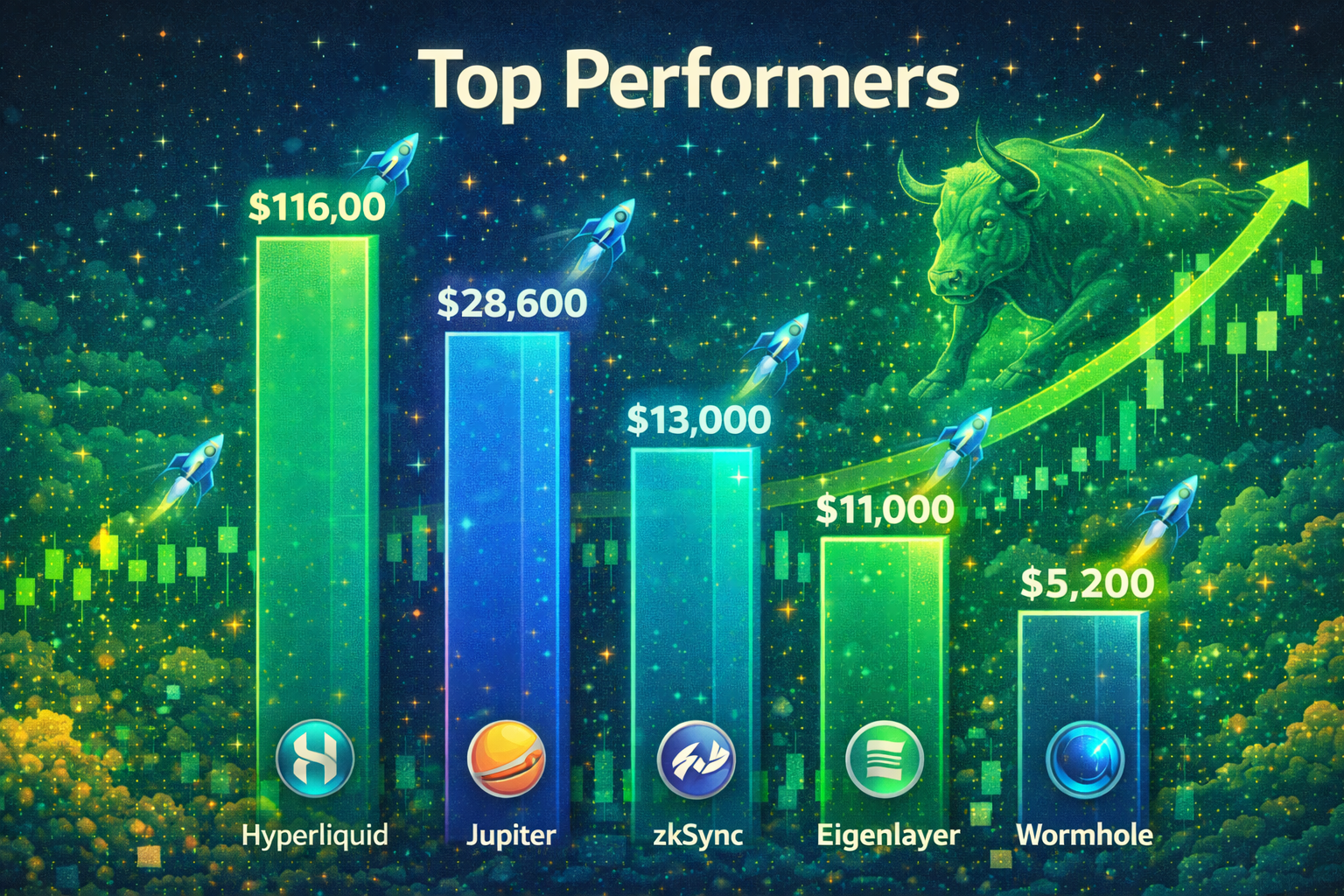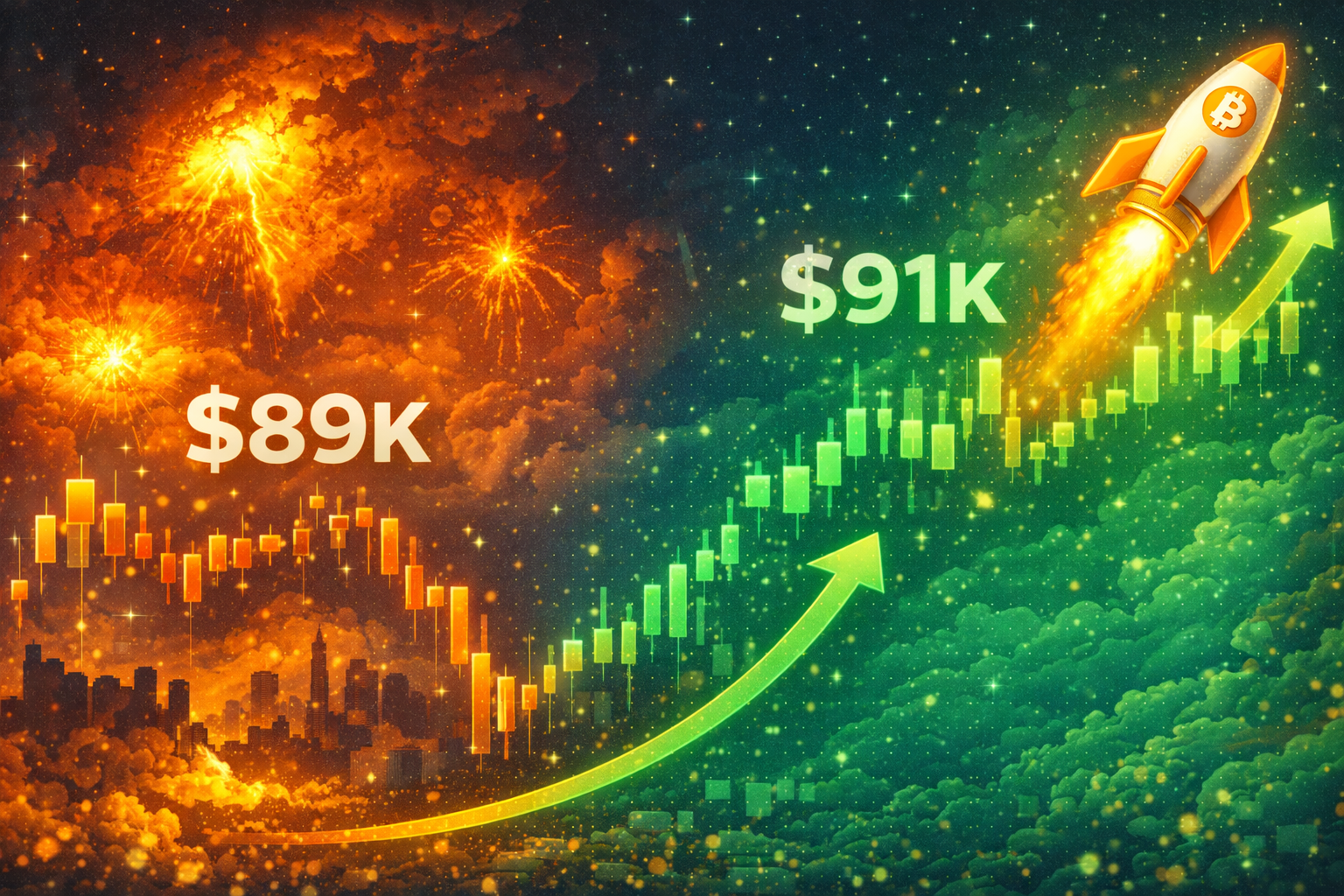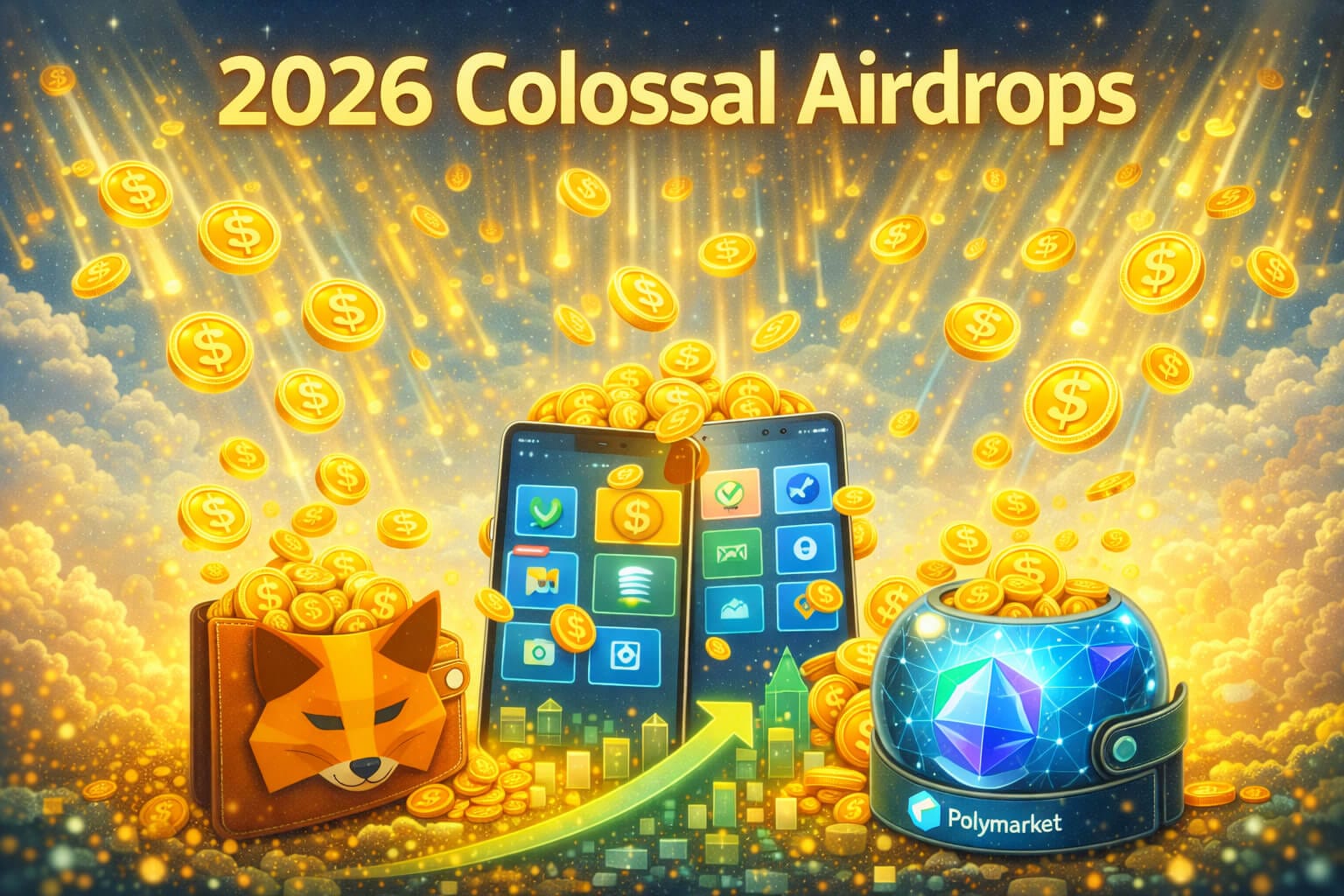What are Market Orders, Limit Orders, and Stop-Limit Orders?
Cryptocurrency trading offers a variety of tools and order types to help traders execute their strategies effectively. Among these tools are market orders, limit orders, and stop-limit orders—each serving a unique purpose in managing trades. Understanding these order types is crucial for optimizing your trades, minimizing risk, and achieving your trading goals. In this detailed guide, we’ll explore what each of these orders does, how they work, and when you should use them.
What is a Market Order?
A market order is one of the most straightforward order types in cryptocurrency trading. When you place a market order, you’re instructing the exchange to buy or sell a cryptocurrency immediately at the current market price. The primary advantage of a market order is that it ensures your trade is executed quickly, often within seconds. However, this speed comes with a trade-off: you have no control over the price at which the order is filled.
How Market Orders Work
When you place a market order, the exchange matches your order with the best available offers in the order book. The order book is a dynamic list of buy and sell orders placed by other traders. For example, if you place a market order to buy Bitcoin, the exchange will execute your order against the lowest-priced sell orders in the order book until your entire order is filled.
However, in highly volatile markets, the price can change rapidly between the time you place your order and the time it is executed. This phenomenon, known as slippage, can result in you buying at a higher price or selling at a lower price than expected.
Unlock the potential of instant trading by using platforms like Binance, Bybit and MEXC for executing market orders with ease and precision.
When to Use Market Orders
Market orders are best suited for situations where the speed of execution is more important than getting a specific price. You might use a market order if:
- You need to enter or exit a position immediately, especially during high volatility.
- You want to ensure that your order is executed quickly, regardless of the price.
- You are trading a highly liquid asset where the bid-ask spread (the difference between the buying and selling prices) is narrow, reducing the impact of slippage.
What is a Limit Order?
A limit order is another popular order type that offers traders more control over the price at which a trade is executed. Unlike a market order, which executes immediately at the current market price, a limit order allows you to specify the exact price at which you want to buy or sell a cryptocurrency. The trade will only execute if the market reaches your specified price or better.
How Limit Orders Work
When you place a limit order, it gets added to the order book. For a buy limit order, you set a price lower than the current market price, while for a sell limit order, you set a price higher than the current market price. The order remains open in the order book until the market reaches your specified price or until you cancel the order.
For example, suppose Bitcoin is currently trading at $30,000, but you believe it will drop to $28,000. You can place a buy limit order at $28,000, meaning the order will only execute if Bitcoin’s price drops to or below $28,000. Conversely, if you own Bitcoin and want to sell it at $35,000, you can place a sell limit order at that price. The order will only execute if Bitcoin’s price rises to or above $35,000.
Explore the mechanics of limit orders on top platforms like Binance, Bybit and MEXC for a hands-on experience with precise trading strategies.
Advantages and Disadvantages of Limit Orders
Limit orders offer several advantages:
- Price Control: You have full control over the price at which your trade executes, making it ideal for those who want to buy low and sell high.
- Reduced Slippage: Since the order only executes at the specified price or better, you avoid the risk of slippage.
However, there are also disadvantages:
- Execution Uncertainty: If the market never reaches your specified price, your order will not be filled, potentially causing you to miss out on a trade.
- Delayed Execution: Unlike market orders, limit orders may not execute immediately, which could be a disadvantage in rapidly moving markets.
When to Use Limit Orders
Limit orders are ideal when you have a specific price point in mind and are willing to wait for the market to reach that level. You might use a limit order if:
- You want to buy at a lower price or sell at a higher price than the current market value.
- You are trading in a less volatile market where prices move gradually.
- You want to execute a trade without constantly monitoring the market.

What is a Stop-Limit Order?
A stop-limit order is a more advanced order type that combines the features of stop orders and limit orders. It provides a powerful tool for managing risk and protecting profits, especially in volatile markets. A stop-limit order allows you to set both a stop price (the trigger price) and a limit price (the execution price). Once the stop price is reached, the limit order is automatically placed on the order book.
How Stop-Limit Orders Work
Stop-limit orders consist of two key components:
- Stop Price: The price that triggers the limit order. When the market reaches this price, your limit order becomes active.
- Limit Price: The price at which you are willing to buy or sell. The limit order will only execute at this price or better.
For example, let’s say Bitcoin is trading at $30,000, and you want to protect yourself from significant losses. You could set a stop-limit order with a stop price of $28,000 and a limit price of $27,500. If Bitcoin’s price falls to $28,000, your limit order becomes active. However, it will only execute if the market price stays above $27,500. This strategy helps ensure that you don’t sell for too low a price during a rapid market decline.
Advantages and Disadvantages of Stop-Limit Orders
Stop-limit orders offer several key benefits:
- Risk Management: They allow you to manage risk by setting predefined levels for exiting a trade.
- Flexibility: You can fine-tune your trading strategy by adjusting both the stop and limit prices to suit market conditions.
However, there are also some drawbacks:
- No Guarantee of Execution: In a rapidly declining market, the price might drop below your limit price before the order executes, leaving your trade unfulfilled.
- Complexity: Stop-limit orders are more complex than market or limit orders, making them less suitable for beginners.
When to Use Stop-Limit Orders
Stop-limit orders are best used in situations where you want to protect against significant losses or secure profits in volatile markets. You might use a stop-limit order if:
- You have a specific price range within which you are willing to buy or sell.
- You want to limit your losses by setting a stop price below the current market price.
- You aim to secure profits by setting a stop price above your entry point, ensuring that you exit the trade with gains if the market turns against you.
Key Differences Between Market Orders, Limit Orders, and Stop-Limit Orders
Understanding the differences between these order types is crucial for successful trading. Here’s a summary:
1. Market Orders
- Speed: Executes immediately at the current market price.
- Price Control: No control over the exact price.
- Use Case: Best for quick trades when immediate execution is a priority.
2. Limit Orders
- Speed: Executes only when the market reaches your specified price.
- Price Control: Full control over the price.
- Use Case: Ideal for setting specific buy or sell prices, especially in less volatile markets.
3. Stop-Limit Orders
- Speed: Executes when the stop price is reached, and the limit price conditions are met.
- Price Control: Control over both the trigger price and execution price.
- Use Case: Best for managing risk and protecting profits in volatile markets.
Practical Examples of Using Different Order Types
To make these concepts more concrete, let’s consider some practical examples:
Example 1: Using Market Orders for Quick Entries and Exits
Suppose you’re trading Ethereum (ETH), and you believe the price is about to spike. To capitalize on this move, you place a market order to buy ETH immediately at the current market price of $2,000. The order executes instantly, and you now hold ETH in your portfolio. Later, as the price rises to $2,200, you decide to sell using another market order, locking in your profits.
Example 2: Using Limit Orders to Buy Low and Sell High
Let’s say you’re interested in purchasing Litecoin (LTC), currently trading at $150. However, you believe the price might dip to $140 before climbing higher. You place a buy limit order at $140. A few hours later, the market dips, your order executes, and you purchase LTC at $140. You’ve effectively bought the dip, positioning yourself for potential gains.
Example 3: Using Stop-Limit Orders to Protect Profits
Imagine you’ve bought Bitcoin at $25,000, and the price has since risen to $30,000. You want to lock in some profits while protecting yourself from a sudden downturn. You set a stop-limit order with a stop price of $29,000 and a limit price of $28,500. If Bitcoin’s price drops to $29,000, your order is triggered, and as long as the price remains above $28,500, your position is sold, securing your profit.
Experience precise control over your trades with stop-limit orders on platforms like Binance, Bybit and MEXC, where strategy meets security.
Wrapping It Up
Understanding market orders, limit orders, and stop-limit orders is essential for any cryptocurrency trader looking to optimize their strategy. Each order type offers different advantages depending on your trading goals, risk tolerance, and market conditions. By mastering these tools, you can better navigate the often volatile crypto markets and make more informed trading decisions.
For more insights and detailed guides on cryptocurrency, visit our Crypto Guides Section.
Stay Updated
For the latest updates on cryptocurrency trends and news, follow us on:
- Twitter: https://twitter.com/FreeCoins24
- Telegram: https://t.me/freecoins24
Stay informed with the latest strategies and insights in the world of cryptocurrency at FreeCoins24.io.
Special Offer
For an enhanced trading experience, consider Bybit. Sign up through our referral link to unlock exclusive rewards, including up to $30,000 in deposit bonuses, and elevate your trading journey.

















